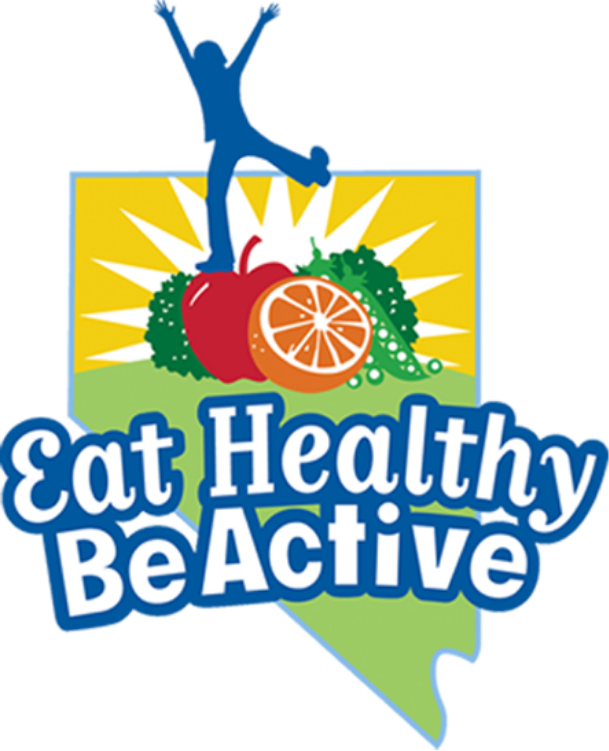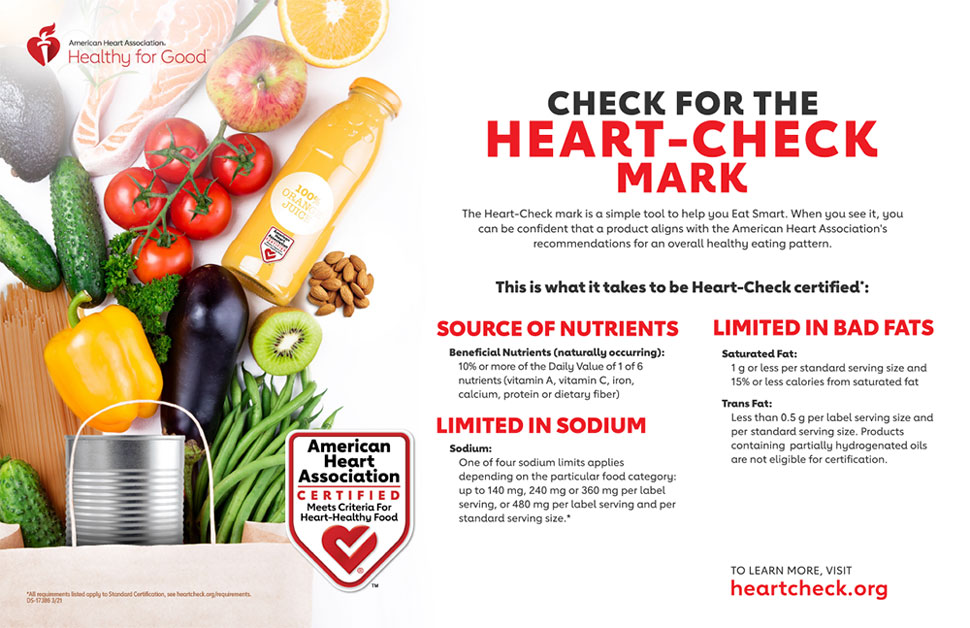Let’s get physical! Imagine keeping active with your family and friends like you used to and keep those moments alive. Physical activity can also help keep your heart strong and boost your mood. There are friendly guides from the U.S. Department of Agriculture (USDA), the U.S. Department of Health and Human Services, and the Dietary Guidelines for Americans, 2020-2025 to help you stay active with fun and easy ways to keep moving and strong for life’s adventures. Here are great tips to stay physically active from these resources:
- Go for a walk: MyPlate.gov suggests 150 minutes of walking each week. You can break it into small manageable increments. Try 10 minutes a day three times a day.
- Try building strength: Nutrition.gov suggests strength training twice a week and offers planners to track fun exercises. They also offer simple examples like lifting household items to help build strength.
- Enjoy easy and effective physical activity: Move Your Way promotes the importance and benefits of gentle and relaxing activities like stretching. They recommend that if you are new to a physical activity program to check with your doctor if you have health conditions.
Physical activity helps keep you strong, independent, and young at heart. Check out the resources for tips to help you get moving, feel good, and find fun ways to stay active that fits into your schedule!
Sources:
U.S. Department of Agriculture. Nutrition.gov. https://www.nutrition.gov/ U.S. Department of Agriculture.
MyPlate.gov. https://www.myplate.gov/ U.S. Department of Health and Human Services, Office of Disease Prevention and Health Promotion.
Move Your Way: Physical activity fact sheet for older adults. https://health.gov/our-work/nutrition-physical-activity/move-your-way
U.S. Department of Agriculture & U.S. Department of Health and Human Services. (2020). Dietary Guidelines for Americans, 2020-2025 (9th ed.). https://www.dietaryguidelines.gov/

